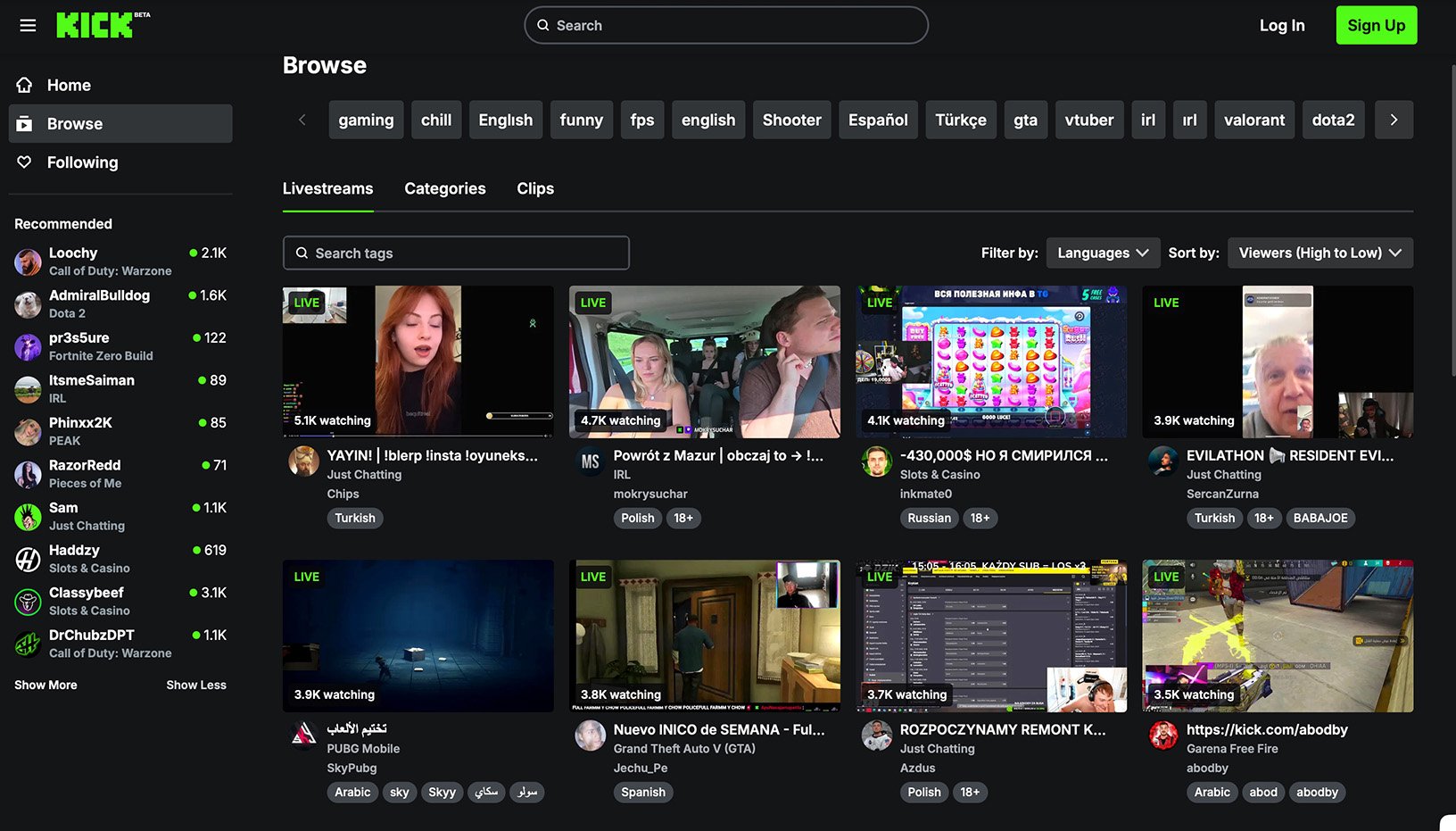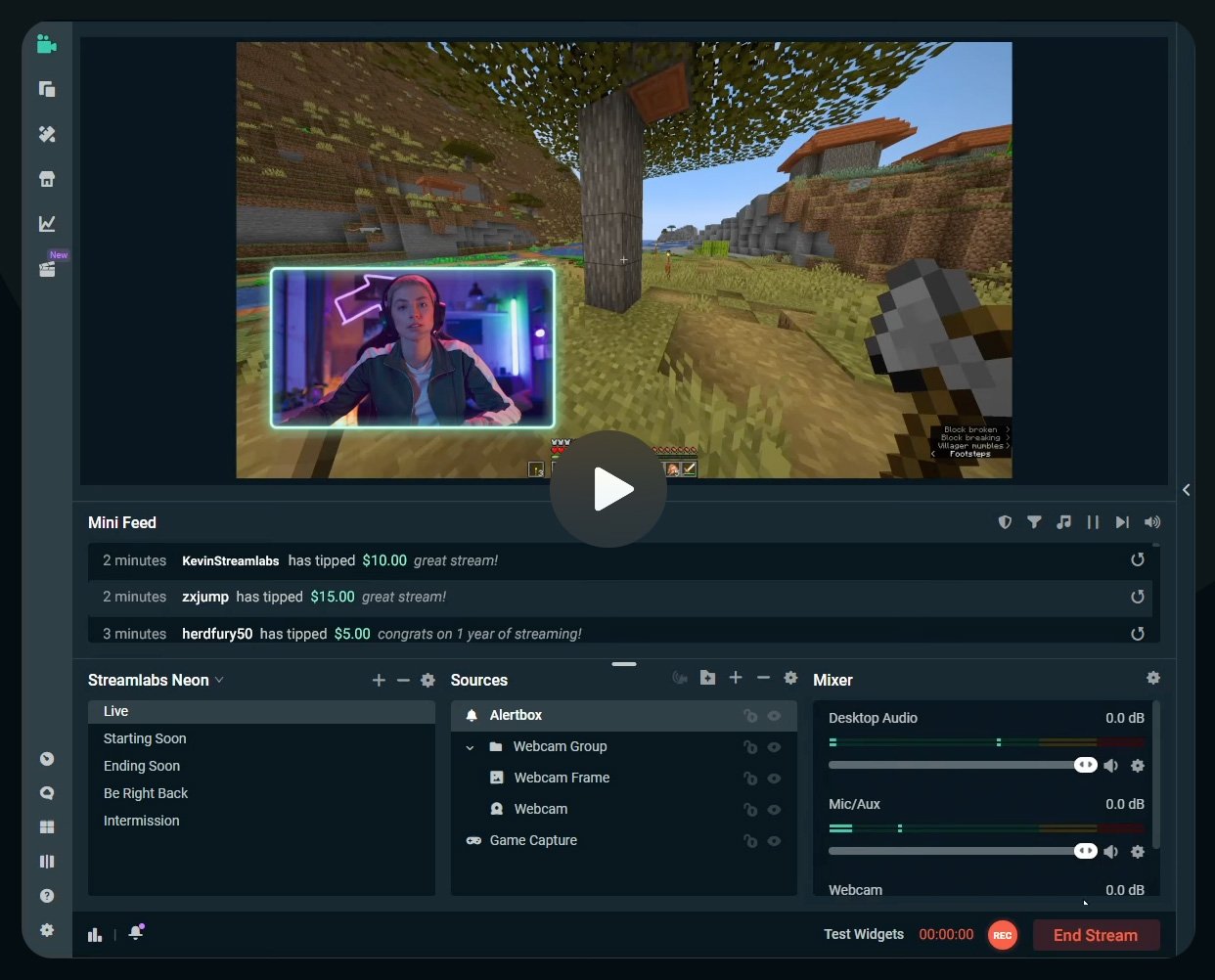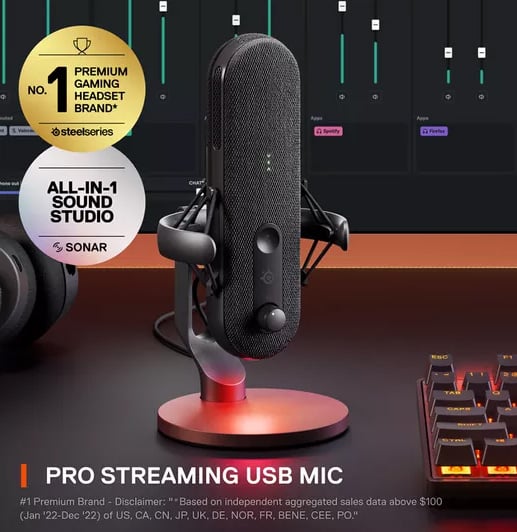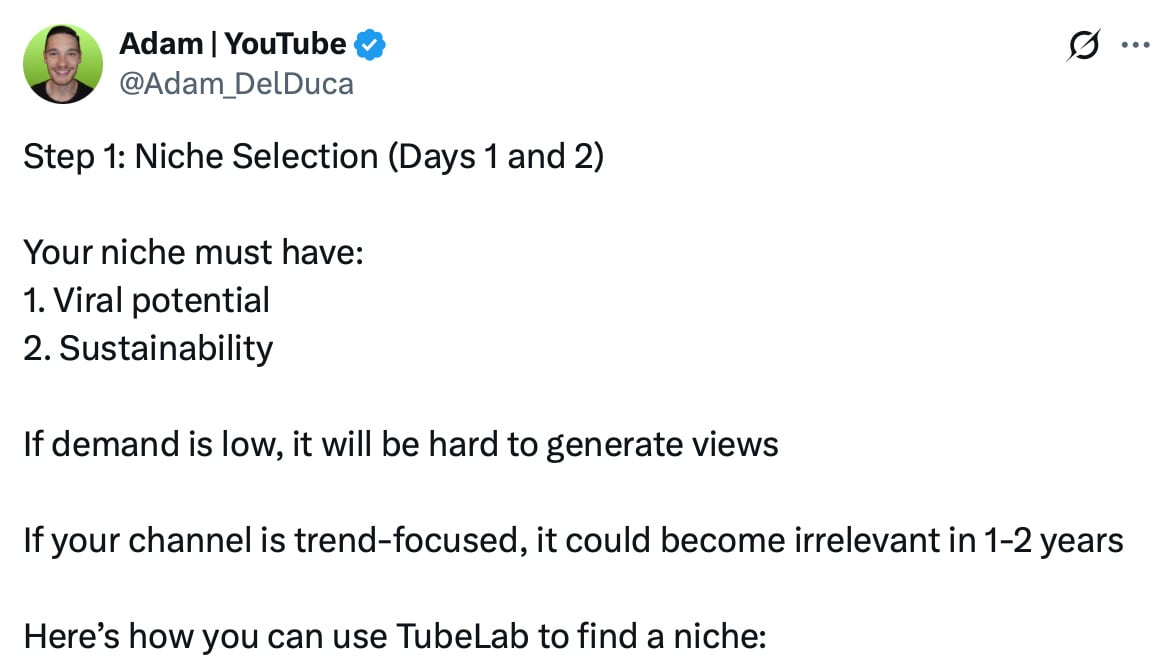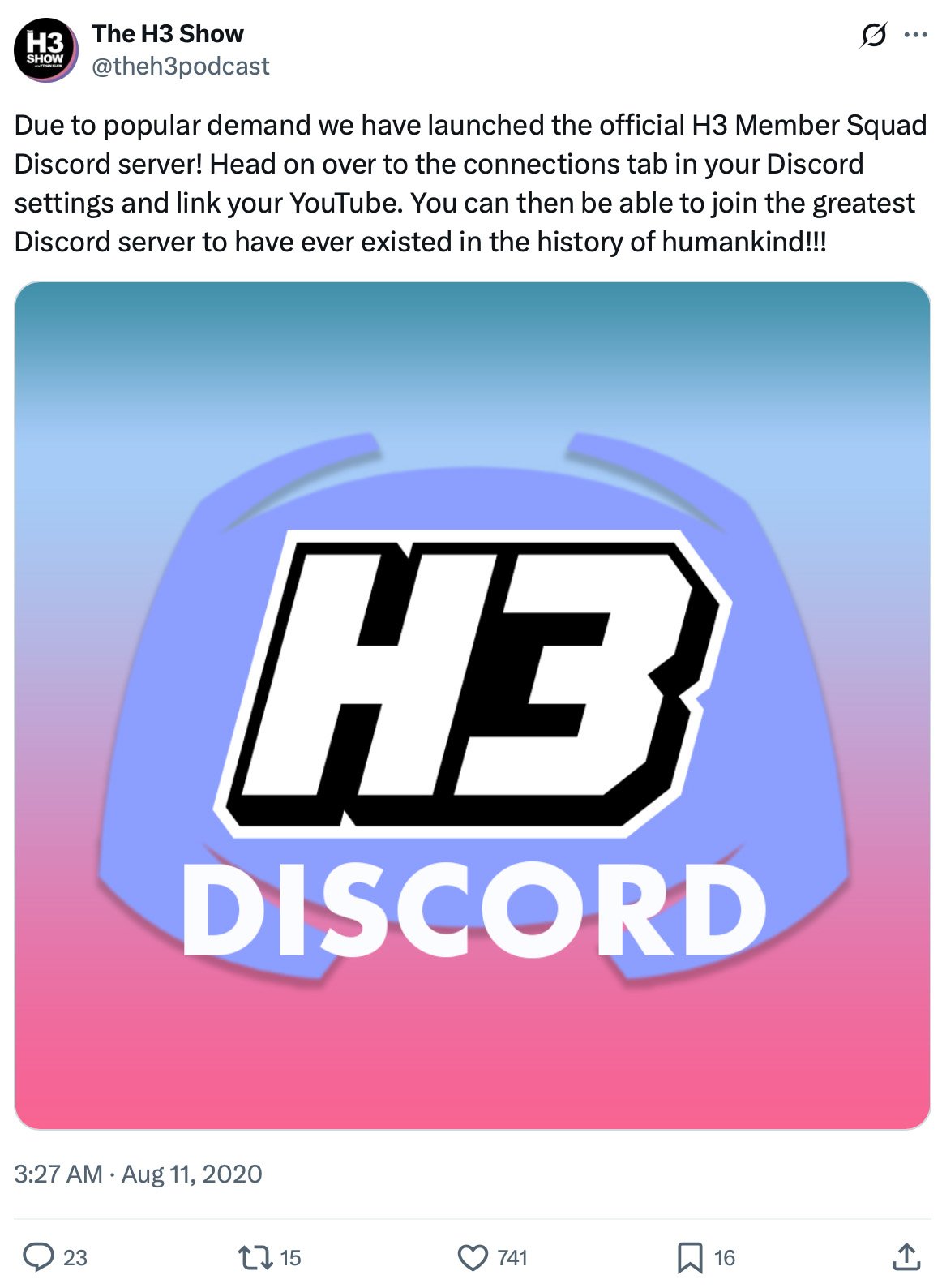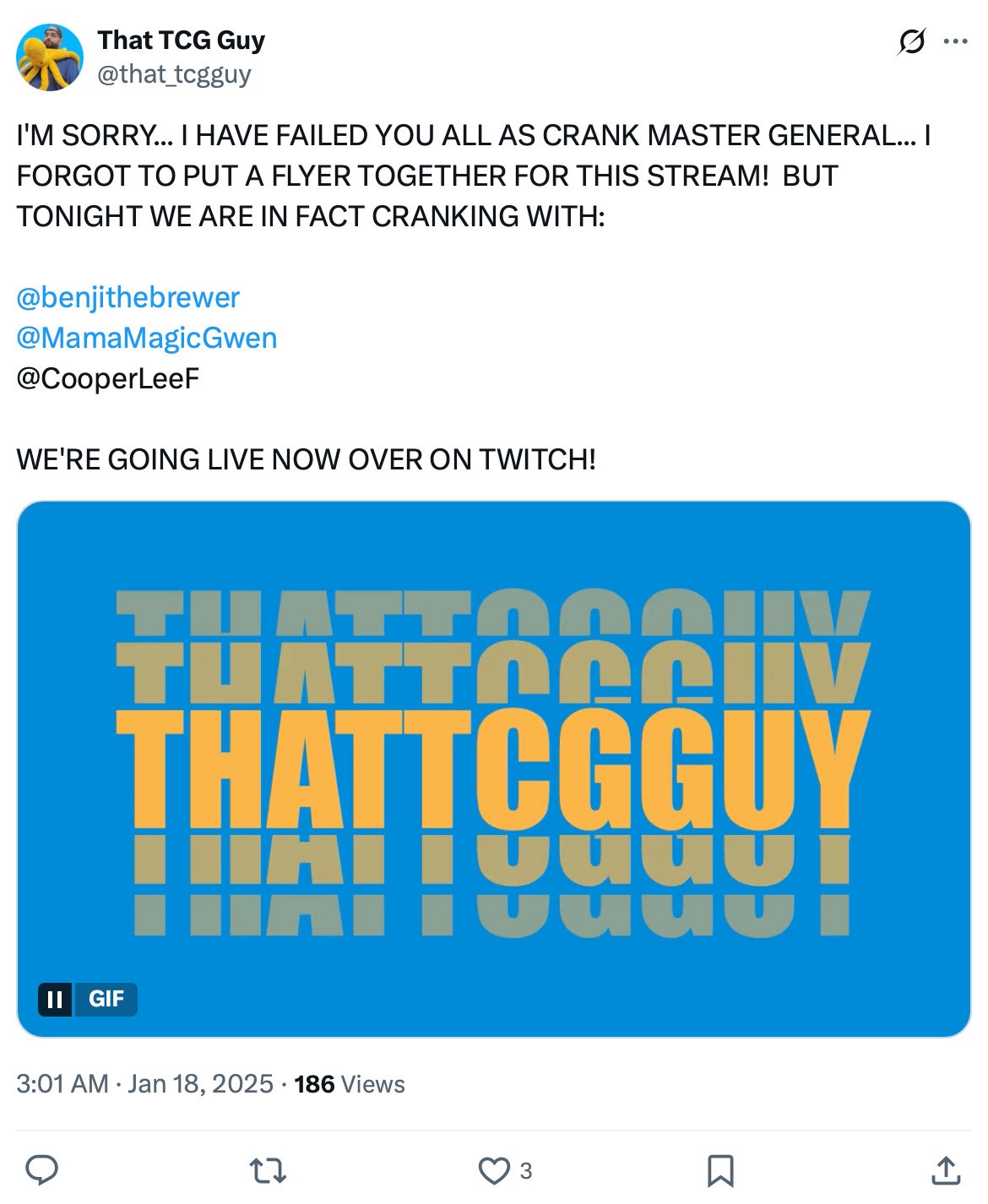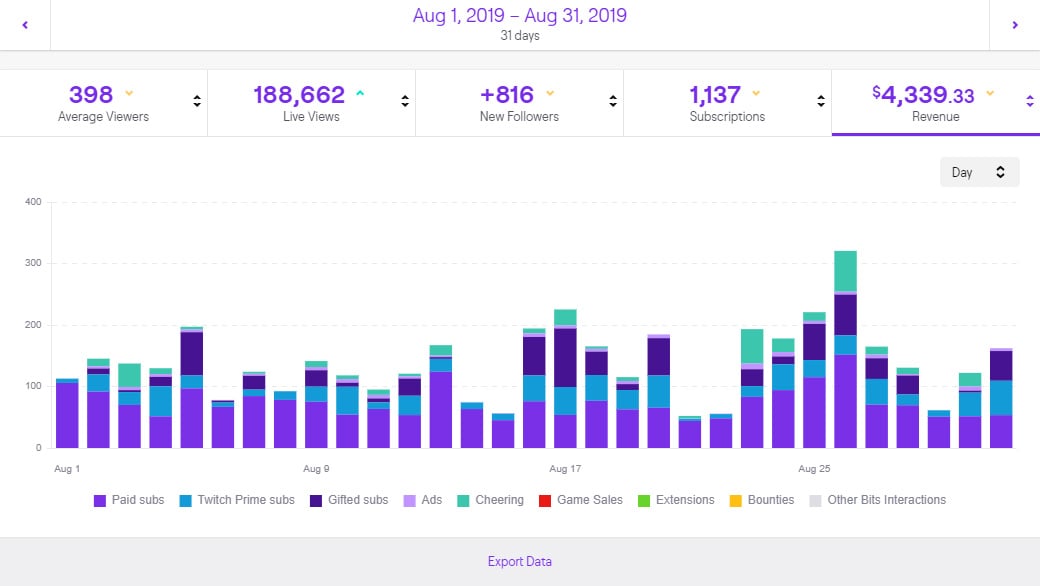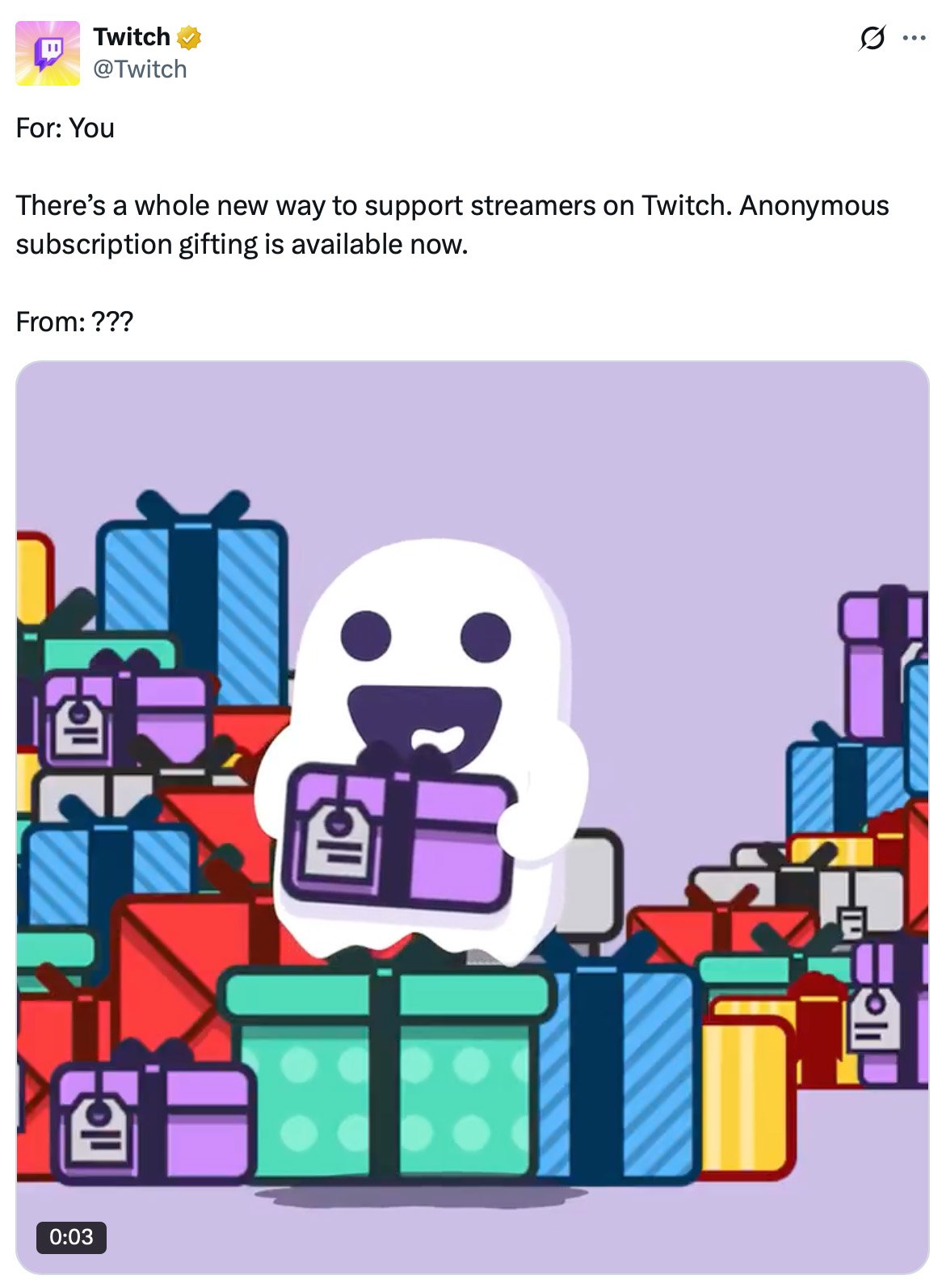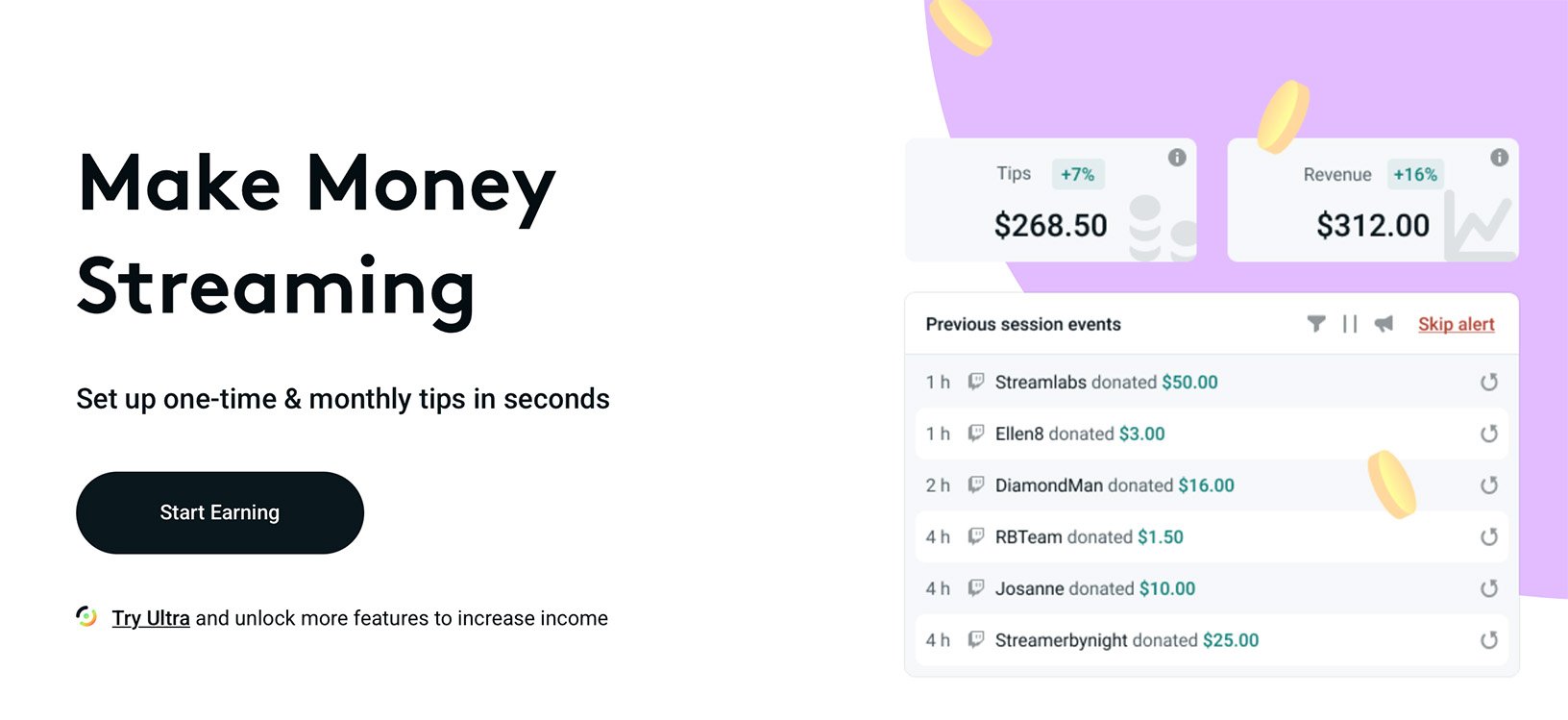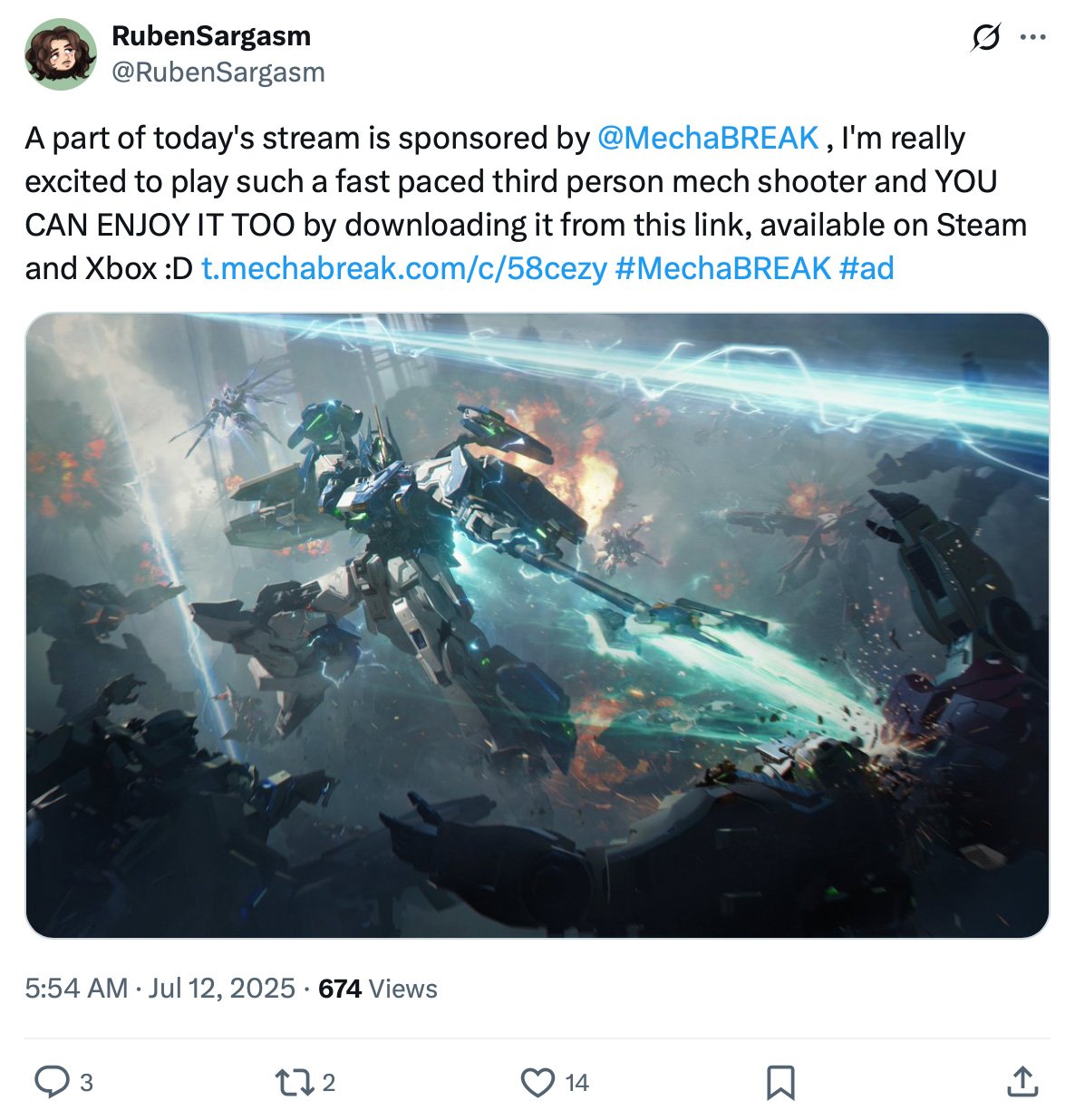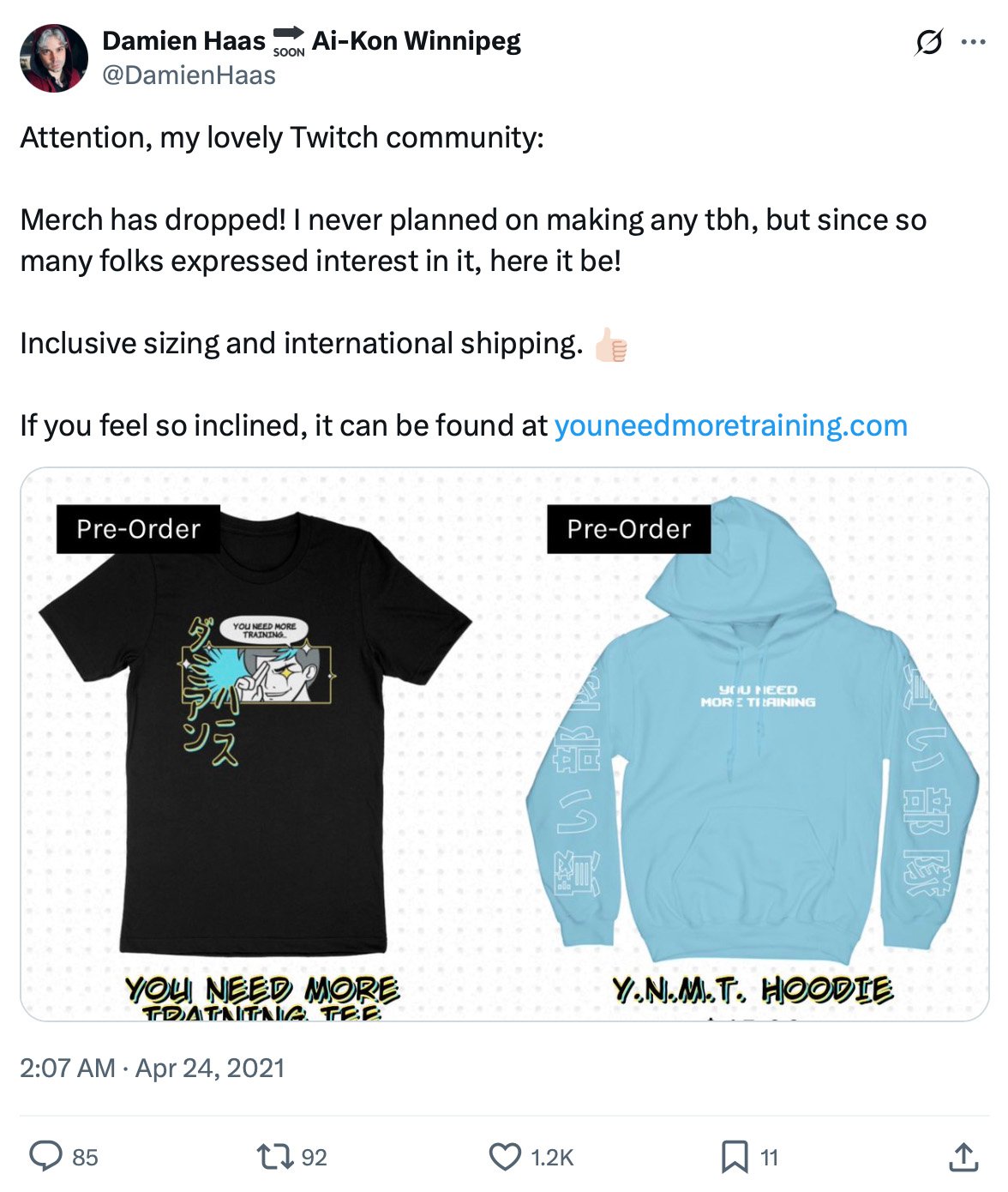How to Build a Streaming Channel That Grows and Earns
Learn how to create and run a streaming channel, from choosing a platform to going live, growing your audience, and earning money.
• Set up with affordable gear and reliable software
• Pick the right platform for your content and audience
• Drive discovery with short-form clips and smart giveaways
• Build a loyal community through chat, Discord, and collabs
• Monetise with subs, tips, affiliate links, and sponsorships
Launching your own streaming channel might seem overwhelming at first, but it doesn’t have to be.
With the right tools, setup, and mindset, you can go live quickly, and start building an audience from day one.
The key is to begin with a simple, solid foundation and avoid the trap of overthinking your gear or branding before you've created any content.
Before you go live, there are a few core pieces to get in place, from choosing your platform to setting up your gear and defining your content focus.
The platform you choose determines where you’ll build your audience.
While all major platforms offer similar functionality, they cater to different types of viewers and content.
Here’s a quick breakdown:
- Twitch: Best for gaming, esports, and community-focused content. Strong discoverability for niche categories.
- YouTube Live: Great if you already have a YouTube presence. Strong SEO, evergreen VODs, and better for educational/tutorial-based content.
- Kick: A newer, fast-growing platform with fewer restrictions, higher revenue share, and a more relaxed community vibe.
There’s no one-size-fits-all answer.
If you’re starting from scratch, Twitch is usually the safest bet for gaming content, while YouTube Live may suit creators focused on searchable content or long-form value streams.
You’ll need broadcasting software to actually go live.
This is what connects your camera, mic, and visuals to the platform.
Two popular options are:
- OBS Studio: Free, open-source, and powerful. Ideal if you want full control.
- Streamlabs: Built on OBS but easier for beginners. Includes built-in overlays, alerts, and integrations.
Both support scene transitions, multi-source layouts (gameplay + camera), and plugin support. You’ll also need your stream key from your chosen platform to connect the software and go live.
You don’t need expensive gear to start, but a few core tools make a big difference to your stream’s quality.
Minimum essentials:
- Internet connection: Upload speed of 10Mbps+ is recommended for a stable stream
- Microphone: Prioritise clean audio. Even a basic USB mic like the Blue Snowball or Samson Q2U is miles better than a laptop mic
- Webcam (optional, but ideal): Logitech C920 or Elgato Facecam are great entry-level options
- Headphones: Prevent echo and give better control over your sound mix
If you’re on a budget, invest in audio first.
Most viewers will forgive low video quality, they won’t stick around if they can’t hear you clearly.
One of the biggest mistakes new streamers make is being too broad or unfocused.
Streaming everything with no clear direction won’t help you stand out.
Define your channel by asking:
- What do I enjoy doing live, gameplay, building, teaching, reacting?
- What games or topics do I know well and enjoy talking about?
- What kind of viewers am I trying to attract, casual fans, competitive players, beginners?
A niche doesn’t limit you, it helps people find you. You can always expand later once you’ve built a base.
Once your streaming channel is up and running, the next challenge is attracting and keeping an audience.
Growth doesn't happen just because you're live, it happens because you're discoverable, consistent, and giving people a reason to come back.
This section covers how to grow your streaming channel through smart content strategy, cross-promotion, audience interaction, and momentum-building tools like giveaways.
Streaming platforms aren't great at surfacing new channels, especially if you're in oversaturated categories like Fortnite, Valorant, or Just Chatting.
To stand out, you need to create off-platform entry points.
The best way to do that is through short-form content:
- Clip your streams into 30–60 second highlights
- Share on TikTok, Instagram Reels, YouTube Shorts, or even Reddit
- Focus on funny, relatable, or skill-based moments
- Include your channel handle and CTA in the video or caption
These platforms reward regular posting, so aim for 3–5 clips per week. If you don’t have time to edit, tools like Crossclip or Eklipse can help automate the process.
Title your clips with searchable phrases like “Insane sniper clutch” or “First-time Elden Ring boss fight reaction.”
One of the fastest ways to grow your channel in the early days is by running targeted giveaways, especially when paired with follow and share-based entry methods.
Use a tool to set up a giveaway where users can enter by completing actions such as:
- Follow your Twitch channel
- Retweet your latest clip
- Join your Discord server
- Watch a stream for 10 minutes
- Subscribe to your YouTube channel
Keep prizes simple:
- A £10 Steam or Xbox gift card
- In-game items or skins
- Merch or stickers (if you have some)
Promote the giveaway on all your socials and embed it in your Twitch panels. It builds hype and encourages followers to complete high-value actions.
A streaming channel grows faster when there’s a sense of belonging. People don’t just come for the game, they come for how it feels to be part of your space.
Here’s how to build that feeling:
- Be present in chat: Greet viewers, ask questions, learn usernames
- Create inside jokes: Recurring memes, emotes, or chat commands
- Shout out regulars: Make your followers feel seen
- Start a Discord: A central hub where viewers can hang out between streams
Encourage participation with polls, stream point rewards, or simple community rituals like “Viewer of the Week.”
A connected audience sticks around longer, and tells others about your channel.
Streaming growth compounds when you tap into adjacent audiences. Find creators in your niche (even small ones) and look for ways to collaborate.
Ideas:
- Co-streams or co-op gameplay
- Hosting and raiding each other
- Guest appearances or AMA-style interviews
- Multi-stream events or themed nights
Make it mutually valuable. You don’t need a huge audience to benefit, even sharing 5–10 new viewers can make a difference early on.
Use your platform’s built-in analytics to monitor:
- Average viewers
- Peak viewership
- Follower growth
- Stream retention (how long people stay)
- Sources of traffic (Twitch directory, Discord, external links)
This helps you double down on content that works and phase out what doesn’t. You can also test things like stream time, titles, categories, or game choices, then adjust based on results.
Once your channel has a consistent stream schedule and a growing base of regular viewers, it’s time to think about monetisation.
You don’t need thousands of followers to start earning, but you do need a connected audience that values what you offer. Here are the most effective and realistic ways to start making money from your stream:
Most platforms offer built-in subscription options where viewers can support you with a monthly payment. In return, they get perks like:
- Custom emotes
- Sub-only chat access
- Loyalty badges
- Ad-free viewing (on some platforms)
Encourage subs by giving them a reason beyond just supporting, shout them out live, create special Discord roles, or run giveaways just for subscribers.
Not everyone wants to subscribe, but some viewers are happy to send one-time support.
Set up:
- Ko-fi or PayPal.me links
- Streamlabs tip pages
- On-screen alerts to thank tippers in real time
You can also run “donation goal” trackers (e.g. 'New mic fund') to give viewers context on where their support goes.
As your viewer count grows, brands may approach you to feature their products or games. You can also apply to sponsorship platforms like:
- Lurkit
- PowerSpike
- HelloGamers
Be selective, only promote what fits your content and audience. Trust is worth more than a one-off payment.
- Offer your community more ways to support you with:
- Merch (via Fourthwall or Streamlabs)
- Exclusive content tiers on Patreon or Discord
- Early access or behind-the-scenes streams
These extras won’t appeal to everyone, but they’re great for superfans, and they build long-term sustainability.
Launching a streaming channel takes time, but you don’t need to figure it all out at once. Focus on creating consistently, connecting with your audience, and learning as you go, growth comes from momentum, not perfection.
You Might Also Like
